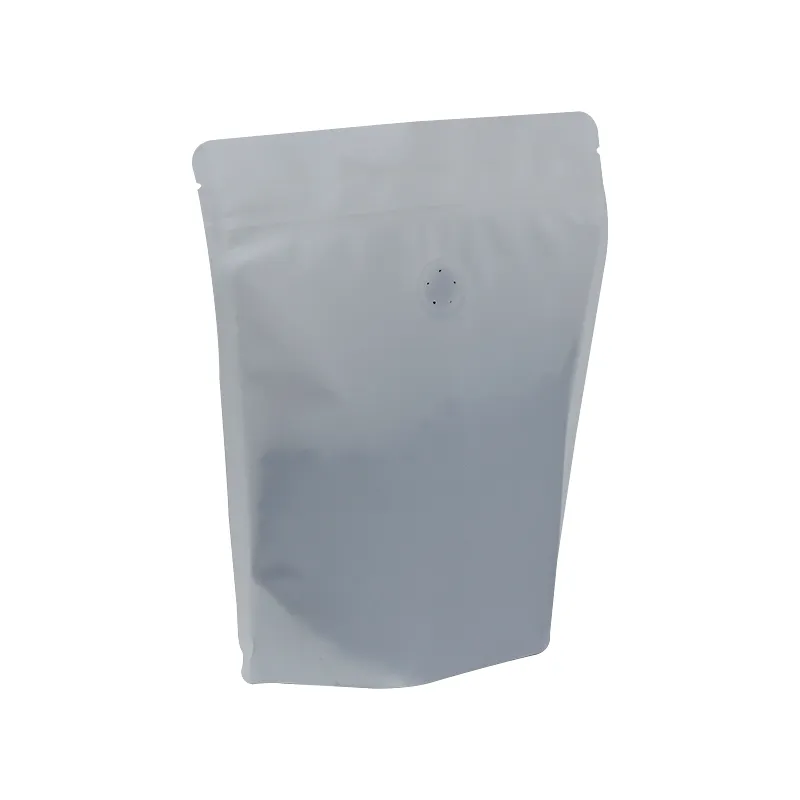- Afrikaans
- Albanian
- Amharic
- Arabic
- Armenian
- Azerbaijani
- Basque
- Belarusian
- Bengali
- Bosnian
- Bulgarian
- Catalan
- Cebuano
- chinese_simplified
- chinese_traditional
- Corsican
- Croatian
- Czech
- Danish
- Dutch
- English
- Esperanto
- Estonian
- Finnish
- French
- Frisian
- Galician
- Georgian
- German
- Greek
- Gujarati
- haitian_creole
- hausa
- hawaiian
- Hebrew
- Hindi
- Miao
- Hungarian
- Icelandic
- igbo
- Indonesian
- irish
- Italian
- Japanese
- Javanese
- Kannada
- kazakh
- Khmer
- Rwandese
- Korean
- Kurdish
- Kyrgyz
- Lao
- Latin
- Latvian
- Lithuanian
- Luxembourgish
- Macedonian
- Malgashi
- Malay
- Malayalam
- Maltese
- Maori
- Marathi
- Mongolian
- Myanmar
- Nepali
- Norwegian
- Norwegian
- Occitan
- Pashto
- Persian
- Polish
- Portuguese
- Punjabi
- Romanian
- Russian
- Samoan
- scottish-gaelic
- Serbian
- Sesotho
- Shona
- Sindhi
- Sinhala
- Slovak
- Slovenian
- Somali
- Spanish
- Sundanese
- Swahili
- Swedish
- Tagalog
- Tajik
- Tamil
- Tatar
- Telugu
- Thai
- Turkish
- Turkmen
- Ukrainian
- Urdu
- Uighur
- Uzbek
- Vietnamese
- Welsh
- Bantu
- Yiddish
- Yoruba
- Zulu
adhesive lamination
Understanding Adhesive Lamination A Comprehensive Overview
Adhesive lamination is a widely used technique in various industries, including packaging, automotive, construction, and electronics. This process involves bonding two or more layers of materials together using adhesives, creating a composite material that boasts enhanced properties and functionalities. In this article, we will explore the fundamentals of adhesive lamination, its applications, benefits, and potential challenges.
What is Adhesive Lamination?
Adhesive lamination refers to the process of combining multiple substrates, such as films, metals, paper, or fabrics, using adhesive materials as the binding agent. This process typically involves applying an adhesive layer between the substrates, followed by the application of pressure and, in some cases, heat. The choice of adhesives can significantly impact the resulting material's properties, including strength, flexibility, and resistance to environmental factors.
Key Applications
Adhesive lamination finds applications across various domains
1. Packaging One of the most prominent applications of adhesive lamination is in flexible packaging. Laminated films are used to enhance barrier properties against moisture, oxygen, and light, prolonging the shelf life of food products, pharmaceuticals, and consumer goods. This method allows for lightweight and durable packaging solutions that can be tailored to specific products.
2. Automotive Industry In the automotive sector, adhesive lamination is used to bond components such as interior panels, insulation materials, and even glass to vehicle frames. This process helps in reducing weight while maintaining structural integrity, contributing to fuel efficiency and performance.
3. Construction Industry Adhesive lamination plays a crucial role in the construction of composite materials used for insulation, wall panels, and flooring. Laminated products provide enhanced thermal and acoustic insulation properties, making buildings more energy-efficient and comfortable.
4. Electronics The electronics industry utilizes adhesive lamination for producing flexible circuit boards, screens, and protective layers for electronic devices. The lamination process facilitates the integration of multiple layers of materials, ensuring functionality and durability.
Benefits of Adhesive Lamination
The advantages of adhesive lamination are manifold
adhesive lamination

1. Enhanced Properties Laminated materials often exhibit improved mechanical properties, including tensile strength, tear resistance, and flexibility. These enhancements make them suitable for a broader range of applications.
2. Weight Reduction With the ability to combine lightweight materials, adhesive lamination can significantly reduce the weight of the final product, which is especially beneficial in automotive and aerospace applications.
3. Customization The lamination process allows for the customization of products to meet specific needs. By selecting different substrates and adhesives, manufacturers can tailor materials to achieve desired properties, such as varying levels of insulation, flexibility, or moisture resistance.
4. Cost-Effectiveness While the initial costs for adhesives and laminated materials can be higher than conventional materials, the long-term benefits—such as durability, reduced material waste, and extended product lifespans—typically outweigh these initial expenses.
Challenges in Adhesive Lamination
Despite its advantages, adhesive lamination is not without challenges
1. Adhesive Compatibility The selection of appropriate adhesives is crucial, as different materials require specific types of adhesives for optimal bonding. Incompatibility can lead to delamination or reduced performance.
2. Environmental Factors Adhesives can be affected by environmental factors such as temperature, humidity, and exposure to chemicals. This can impact the longevity and reliability of the laminated product.
3. Processing Conditions The lamination process must be carefully controlled regarding pressure, temperature, and curing time. Variability in these parameters can lead to inconsistencies in product quality.
4. Regulatory Compliance Many industries have stringent regulations regarding the materials used in products, especially packaging and electronics. Ensuring compliance can add complexity to the adhesive lamination process.
Conclusion
Adhesive lamination is a versatile and efficient method for creating advanced materials that meet the demands of modern applications. From packaging to automotive and electronics, the benefits of this technique continue to drive innovation across industries. By understanding the applications, advantages, and challenges associated with adhesive lamination, manufacturers can make informed decisions that enhance product performance and sustainability in a competitive market. As technology advances, the future of adhesive lamination appears bright, opening new avenues for material development and application.













